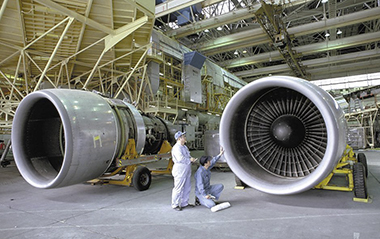Airbus, a leading international aircraft manufacturer has been bullish about its future plans around using 3D printing as part of their manufacturing processes with a goal of making the entire aircraft from ground up with giant 3D printers by 2050. In the interim, they focus on 3D printing as a manufacturing process for individual components that results in lighter and stronger aircrafts.

According to Dale King at Airbus, CSIR and Aerosud are currently the only organisations in the world working on high-speed, large-volume additive layer manufacturing. “That is why we have decided to forge a partnership with them,” commented King. “We came to South Africa for this project because we believe the country has the necessary skills and competencies in the field of ALM.”
Assuming that the partnership between the three companies is successful in its implementation, the project outcomes will flow into Airbus’ supply chain where the parts, once tested and evaluated, will be assembled in Airbus’ aircrafts.



